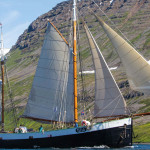Wild Wild West
Iceland
Isafjordur > Hornstrandir Nature Reserve > Stykkisholmur > Snaefellsjokull > Reykjavik > Hvalfjordur
Our starting point Reykjavik, the world’s most Northern capital, the gateway to the wild west. On the edge of the Arctic circle and on the edge of civilization just before nature gains control, lies the biggest city of Iceland. During the ten days of this voyage, we will follow a trail of out posts were men won and men lost. Learn about the cruel beauty and hard ship these people endured. We sail in a setting of snow covered slopes, shifting into fields of flowers in every spectacular form and color! Accompanied by Killer whales, Fin whales, humpbacks and Sperm whales.
Setting of in to the Faxafloi the Arctic blue gifs a magical twist to the mountains covert in mist. A good first stop is Hvalfjordur, translated – whale fjord. At it’s entrance lies the abandoned whale factory, witness to Icelands whaling past not so long ago. Crossing the Flaxafloi we are part of the sagas for which the area is famous. To starboard lies Reykholt the setting for Eggils saga. Named after the boisterous main character.
Gesproken talen aan boord: Dutch, German, English
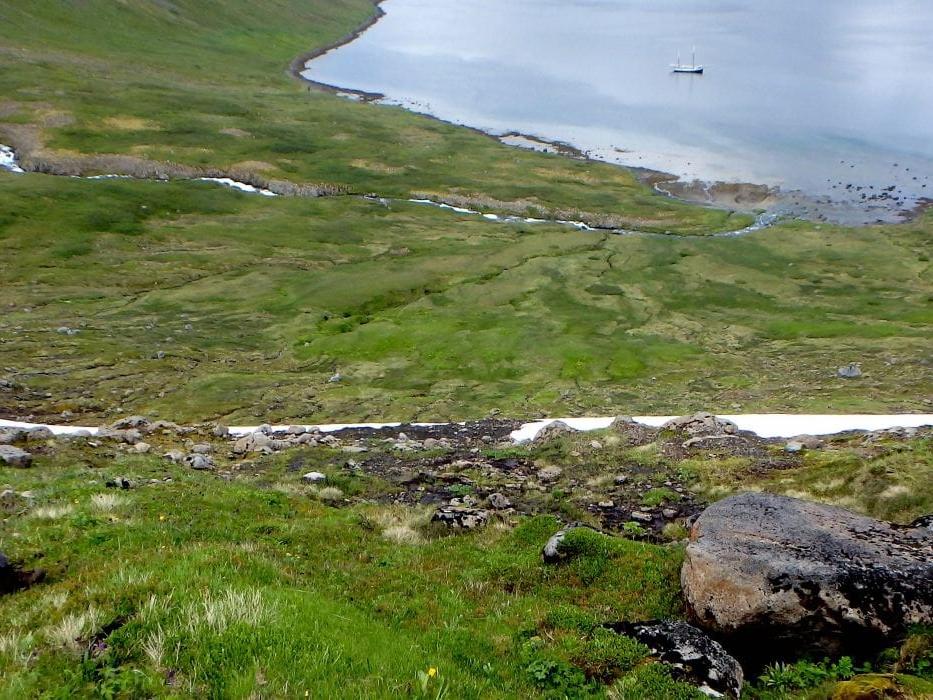


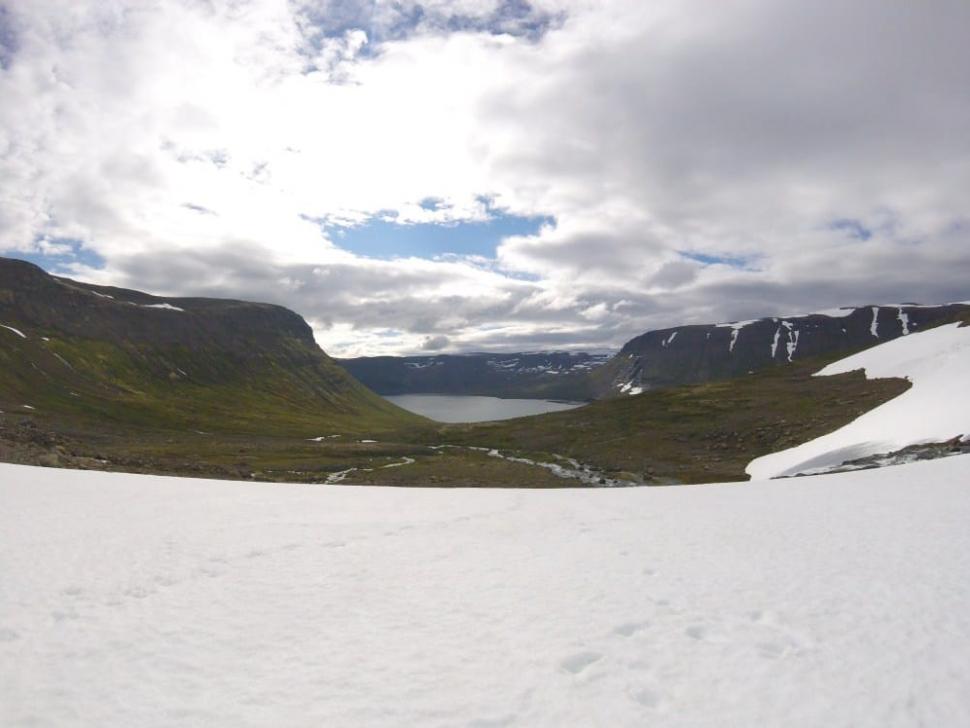
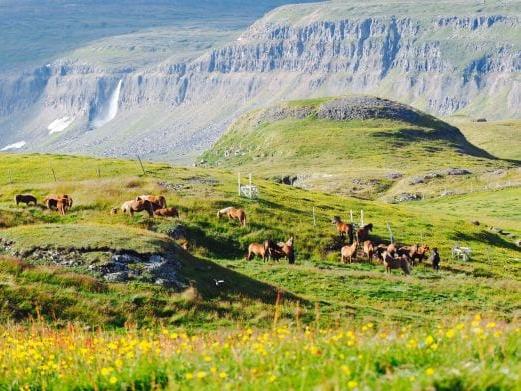
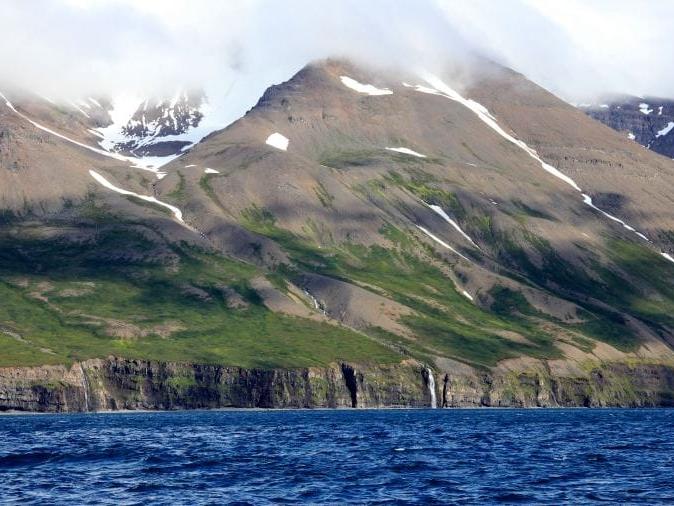
Al this time we are sailing North in the shadow of the sleeping volcano Sneafellnes, standing at 1450mtr height her “pyramid of eternal snow” can be seen from Reykjavik as well as from Latrabjarg to the North. The bay is littered with weather permitting anchorages al different but of equal beauty. Arnastapi at the foot of the Sneafellsnes is a good point to attempt its summit. According to the sagas the first to do so was the troll Bardur. His statue near the basalt formations confirms his heroic feet!
Sneafellsnes mountain range is the natural border between the Faxafloi and the Breidafjordur, but also between the Westfjords and the rest of the country! Rounding the peninsula on a clear day the snow-covered table mountains of the Westfjord area make the difference very obvious. While on starboard we find the relatively young lava field at the foot of the Sneafellsnes, 30 NM to the North the vulcanos, once trapped by the glaciers, leave a landscape of table mountains. We slowly make our way North, but not before exploring the Breidafjordur. Olafvik is another good place to start a hike up the slopes of the Sneafelsness, or just a stroll up one of the less demanding cliffs. Grundarfjordur 20NM further into the Breidafjordur, also offers some great walks after a good day sailing. The old fishing port is still used by the locals as a main place for landing their catch of Cod. In the two centuries before it was used by the French for the same reason. There used to be a French hospital, sailors Inn and many French trading houses! The French fished the rich banks to the North with their Famous topsail schooners, fitted out with roller-reefing patents! This of course for obvious reasons.
Creeping further into the fjord among the many little Islands, “post-card-pretty” Stykkisholmur sits at its undisputable throne. To many, this colorful settlement is the most handsome in the country. Stykkisholmur has much to offer. Being one of the first areas to be settled, the village plays a role in many sagas. The pingvellir or later called “thing”, place of assembly is just South of the town at the foot of the Helgafell, where Gudrun found her final resting place. This Saga Super Star plays the main role in the fatal love triangle, Staged in the Laxdeal story. Today the port is known for its catch in halibut and scallops.
Sneafellsnes mountain range is the natural border between the Faxafloi and the Breidafjordur, but also between the Westfjords and the rest of the country! Rounding the peninsula on a clear day the snow-covered table mountains of the Westfjord area make the difference very obvious. While on starboard we find the relatively young lava field at the foot of the Sneafellsnes, 30 NM to the North the vulcanos, once trapped by the glaciers, leave a landscape of table mountains. We slowly make our way North, but not before exploring the Breidafjordur. Olafvik is another good place to start a hike up the slopes of the Sneafelsness, or just a stroll up one of the less demanding cliffs. Grundarfjordur 20NM further into the Breidafjordur, also offers some great walks after a good day sailing. The old fishing port is still used by the locals as a main place for landing their catch of Cod. In the two centuries before it was used by the French for the same reason. There used to be a French hospital, sailors Inn and many French trading houses! The French fished the rich banks to the North with their Famous topsail schooners, fitted out with roller-reefing patents! This of course for obvious reasons.
Creeping further into the fjord among the many little Islands, “post-card-pretty” Stykkisholmur sits at its undisputable throne. To many, this colorful settlement is the most handsome in the country. Stykkisholmur has much to offer. Being one of the first areas to be settled, the village plays a role in many sagas. The pingvellir or later called “thing”, place of assembly is just South of the town at the foot of the Helgafell, where Gudrun found her final resting place. This Saga Super Star plays the main role in the fatal love triangle, Staged in the Laxdeal story. Today the port is known for its catch in halibut and scallops.
If time and weather permit we descend a little further into the saga country. Navigating the tides and little Islands we enter Hvammsfjordur. Beautifully hidden behind natural barriers well of the beaten track. Another one of these places is the Island of Flatey. Once a bussie trading port, now more laid back and favorite for many bird species. It gives a great view over the Breidafjordur. Being able to see both table mountains and the ice cap on the Sneafellnes give a scale to the place found no were else!
The South coast has many secluded anchorage worth exploring! One of these is Kevlavik (not to be mixed with Kevlavik airport) If weather permits we anchor in the shelter of the famous Latrabjarg opposite the orange refuge hut. For those who like, there is a challenging walk to the bird cliffs. If the mood is less adventures, the views from the beach are more than enough!
Rounding Bjargtangar we set ourselves up for the Westfjord and its towering cliffs. The hard ship the people had to endure here over the years, has proven too much for some. Simply driven back by the force of nature. High seas, avalanches and poor summers not producing enough hay for the livestock, slowly drained the population.
This deeply indented West coast harbours many safe havens. The glacial landscape is predominant with the ever-present Greenland Sund (Denmark strait). Branching of the North Atlantic drift, the Irminger current brings relatively mild temperatures. Its northern counterpart, the East Greenland current does the opposite by pushing the colder water South. Both of them collide right there on the Westfjords. Many different species of marine mammals feed on the plankton carried by the East Greenland current.
Crossing the entrance of the Isafjardardjup we arrive at the Hornstrandir Nature Reserve. Abandoned in the 1950’s Hornstrandir was left to look after its self. It is now home to most Arctic fauna that flourish in the short and intense summer. Arctic foxes roam freely, while Puffins, Kittiwakes, Razorbills and Guillemots nest on the towering sea cliffs! One of the highlights while in the Hornstrandir Nature Reserve is a walk up one of the cliffs of Hornbjarg. Amidst all the wild flowers you are sure to spot an Arctic fox or her cups!
We end our trip in Isafjordur, the capital of the Westfjords with a staggering 1500 inhabitants! Two planes a day land at the air strip. For the those who have some more time it is a great point to explore the rest of Iceland. Either by car bus or boat!
Tecla
Bouwjaar 1915

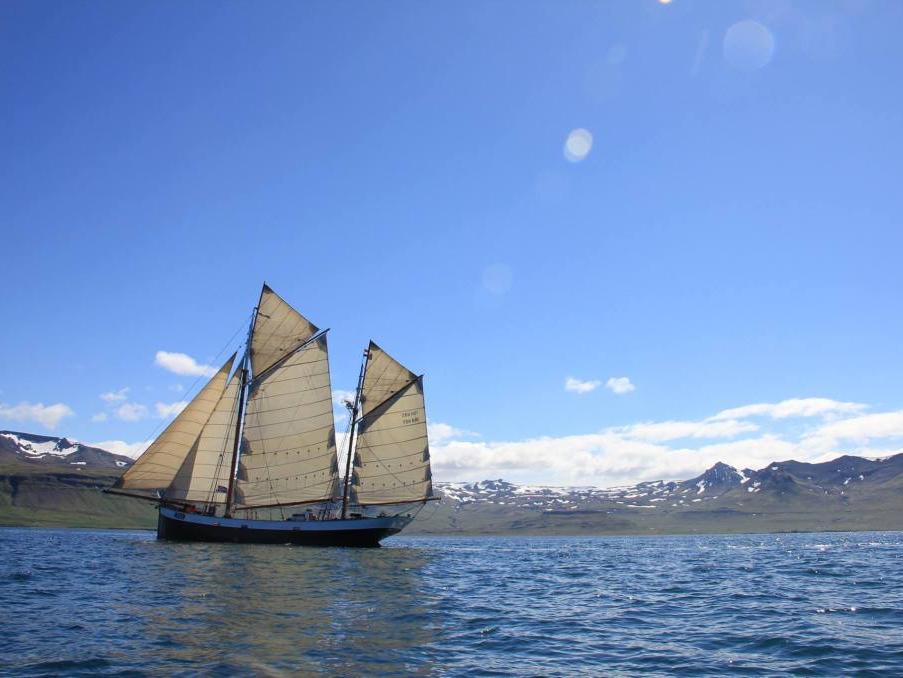
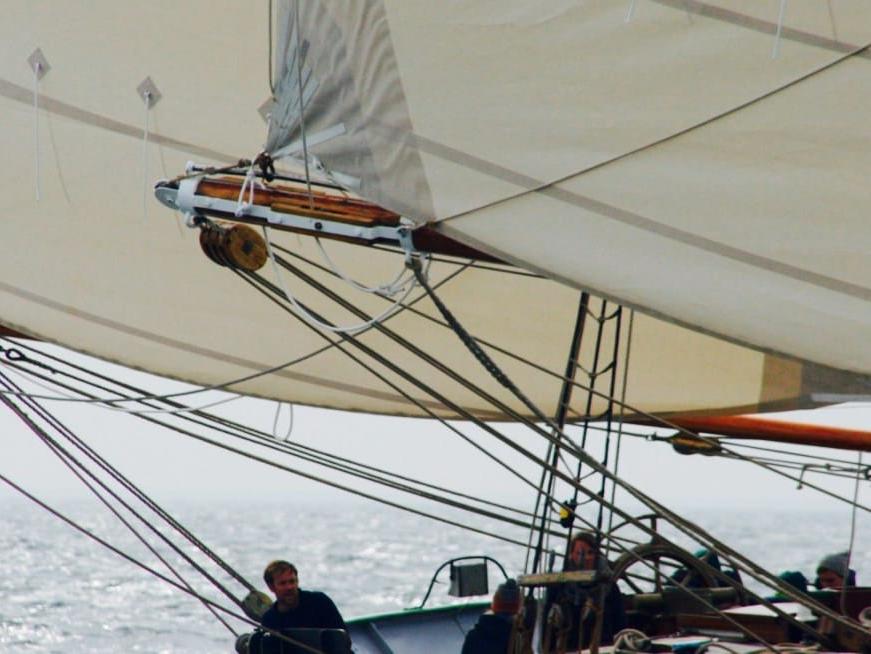
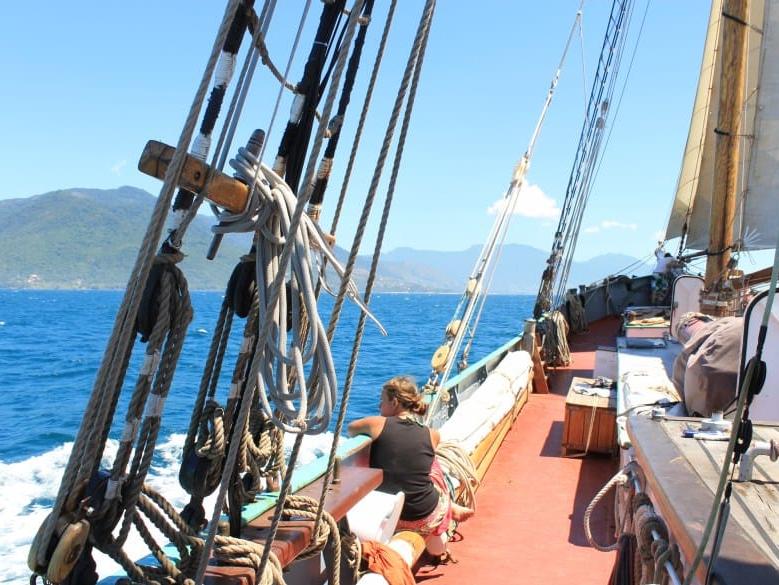
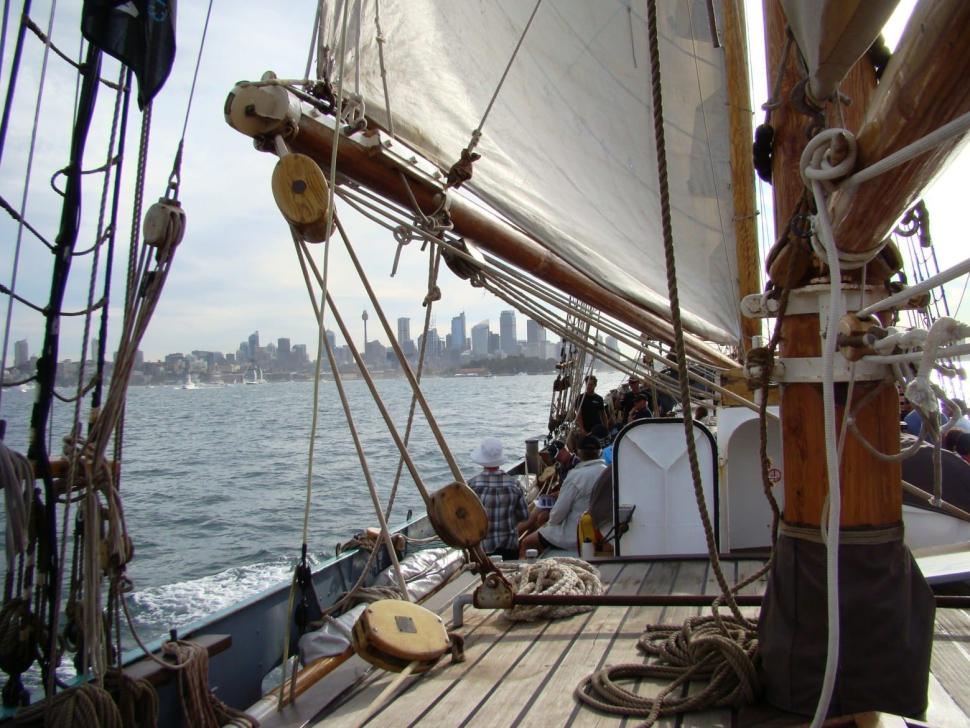

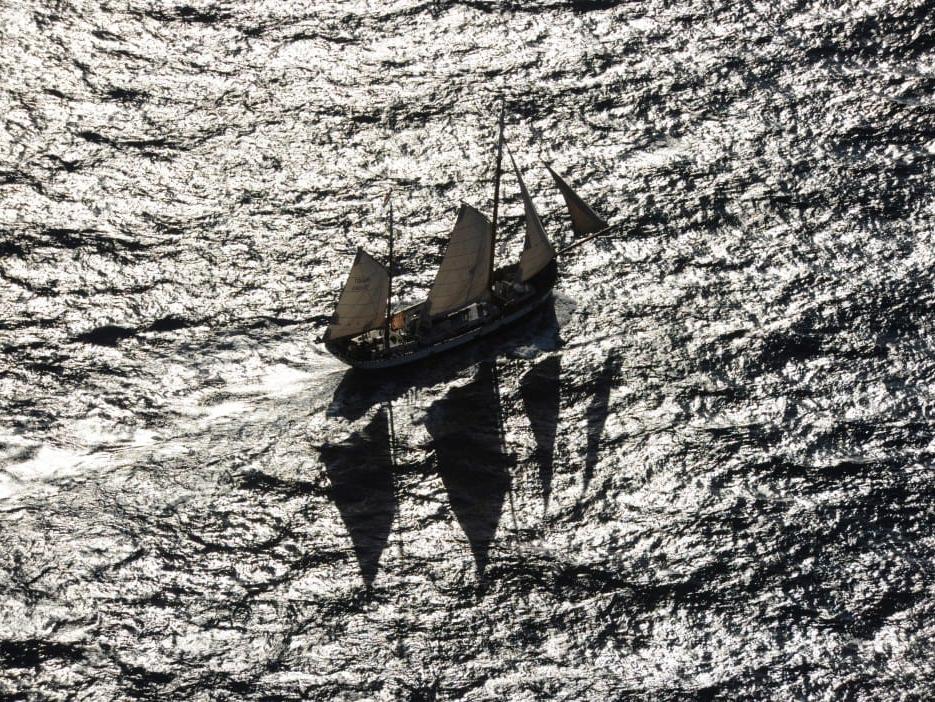

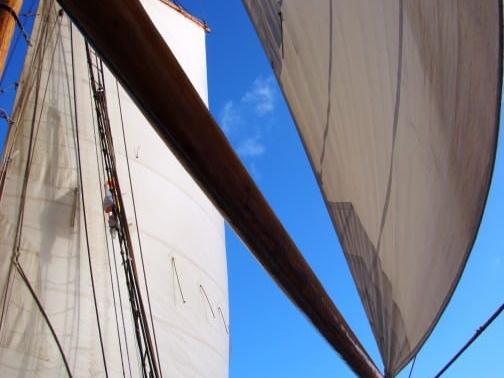
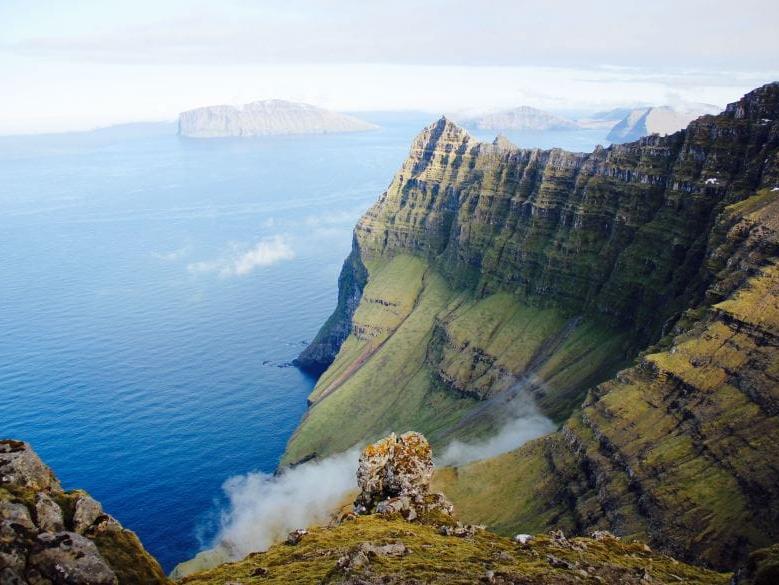
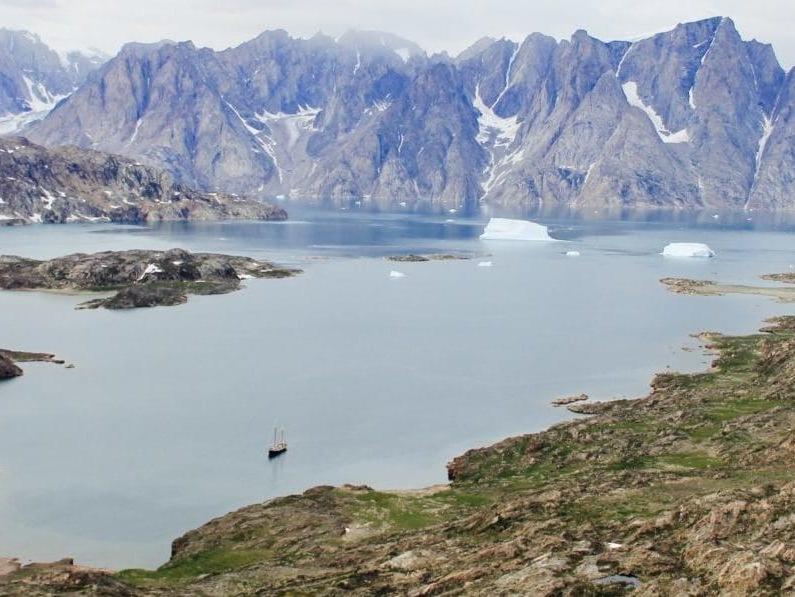
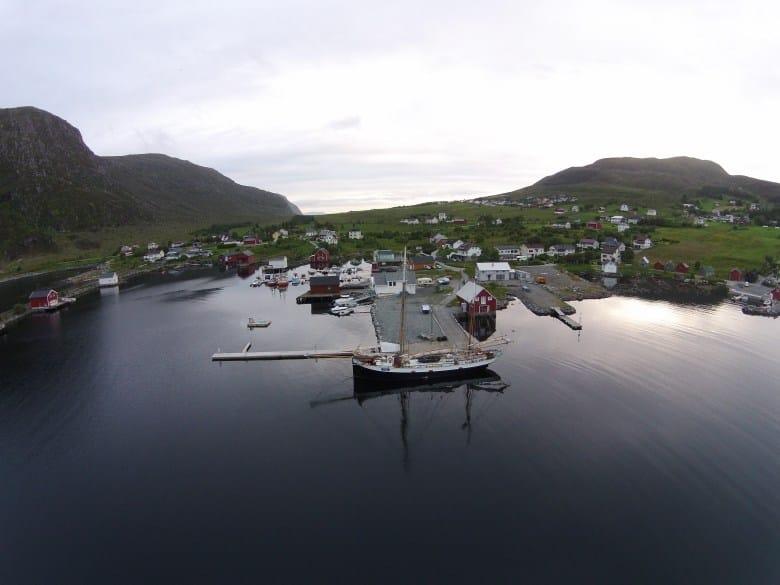
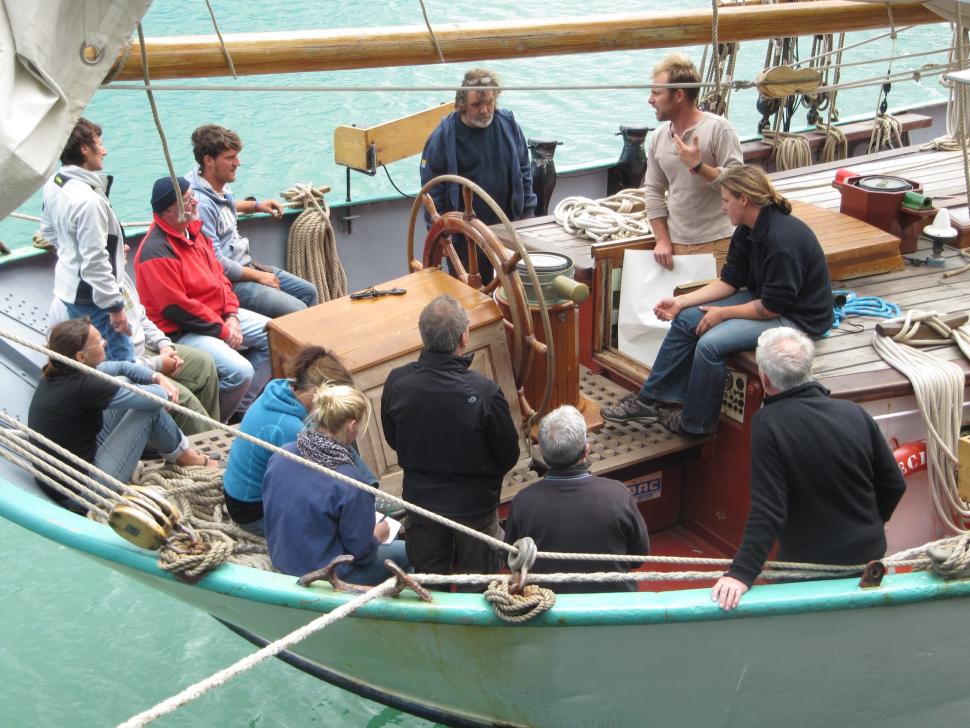
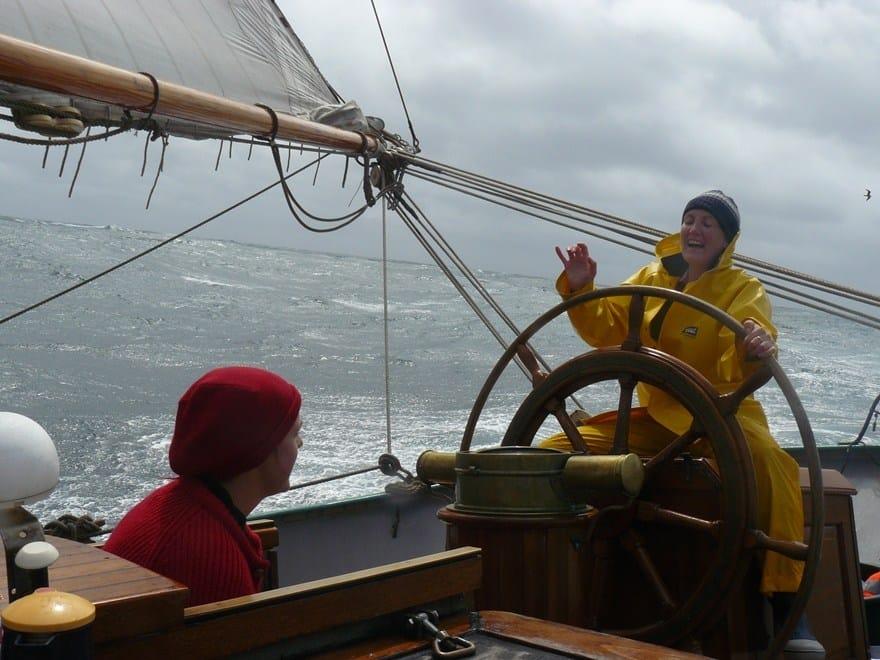
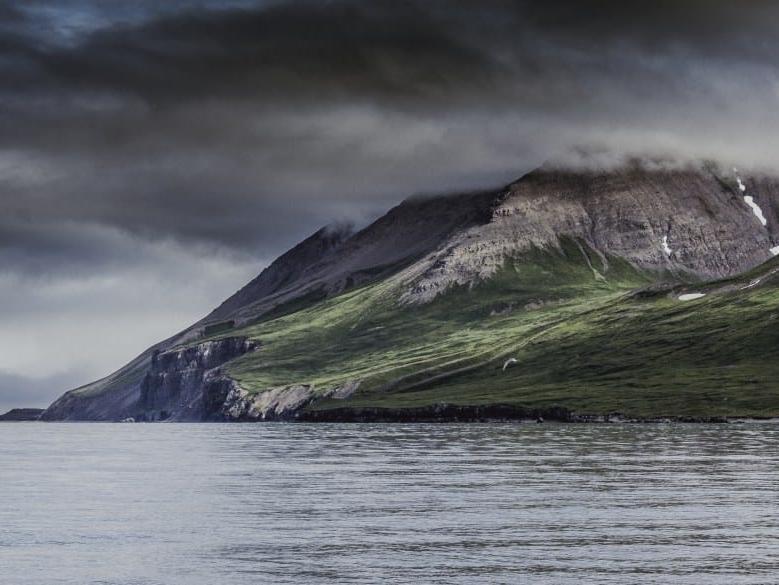

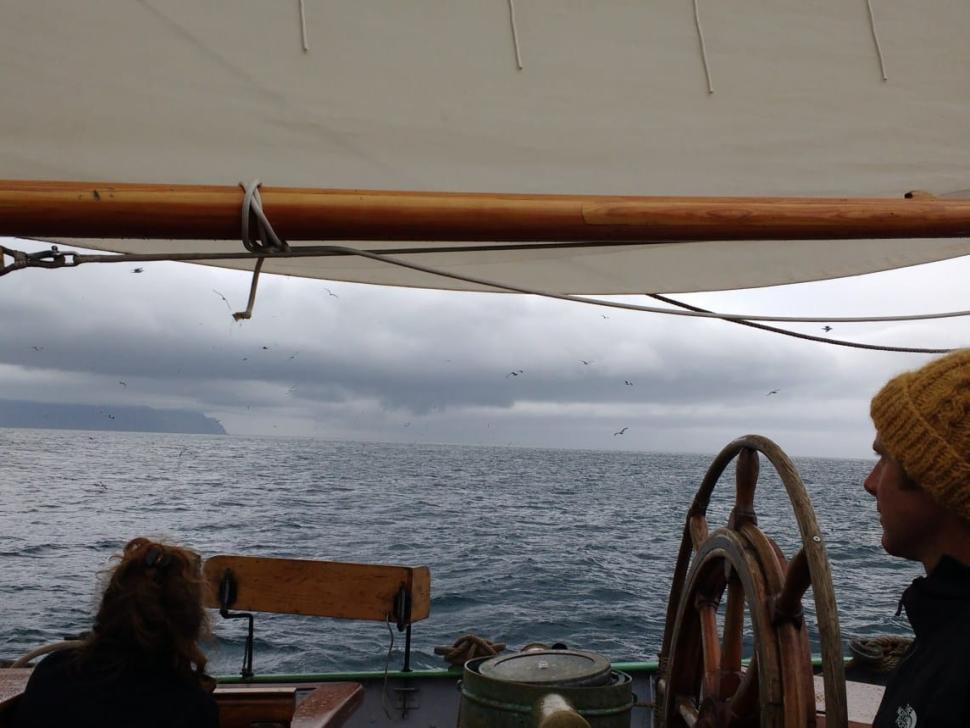
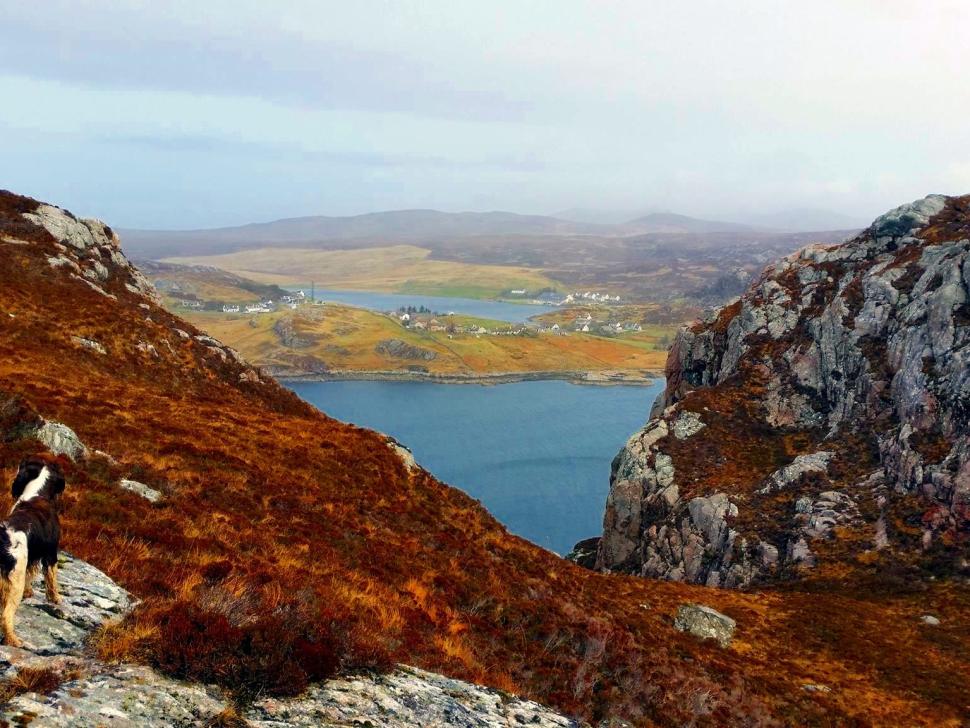

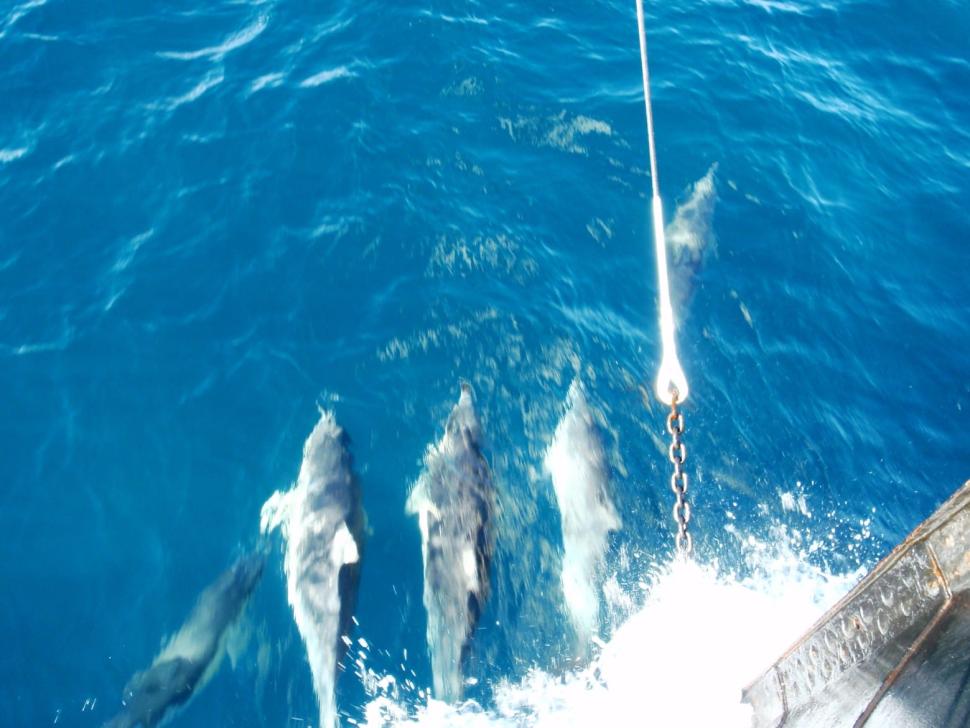
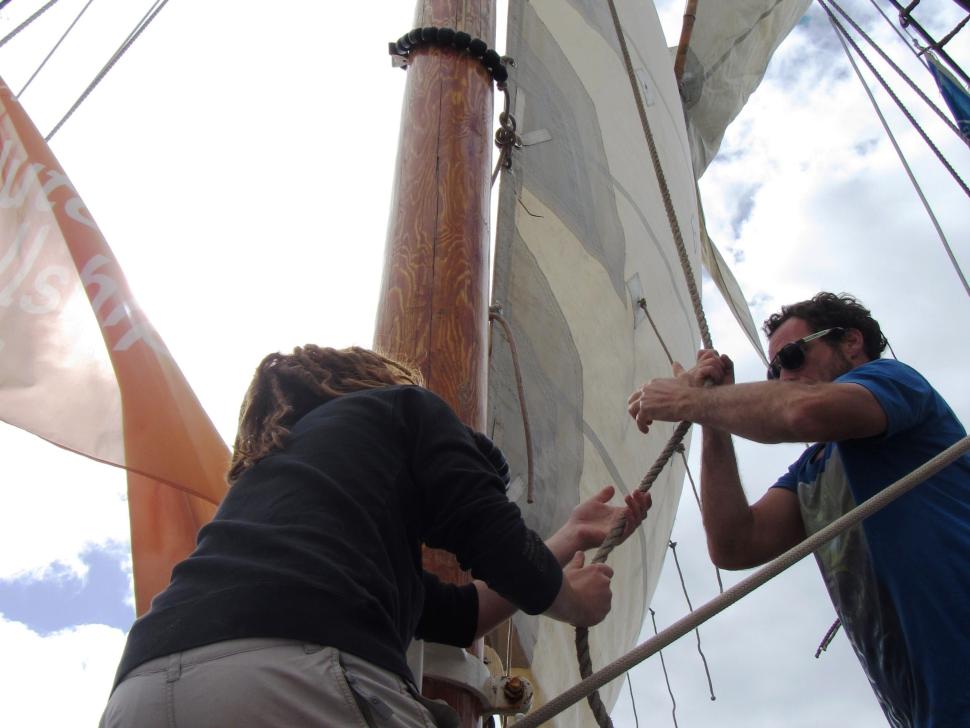

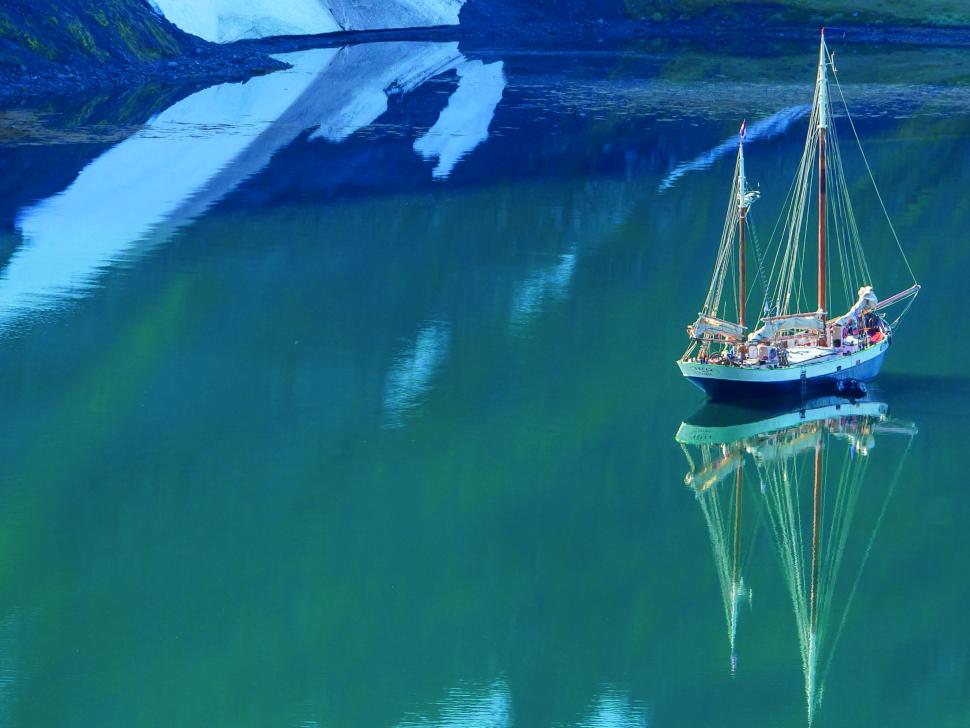
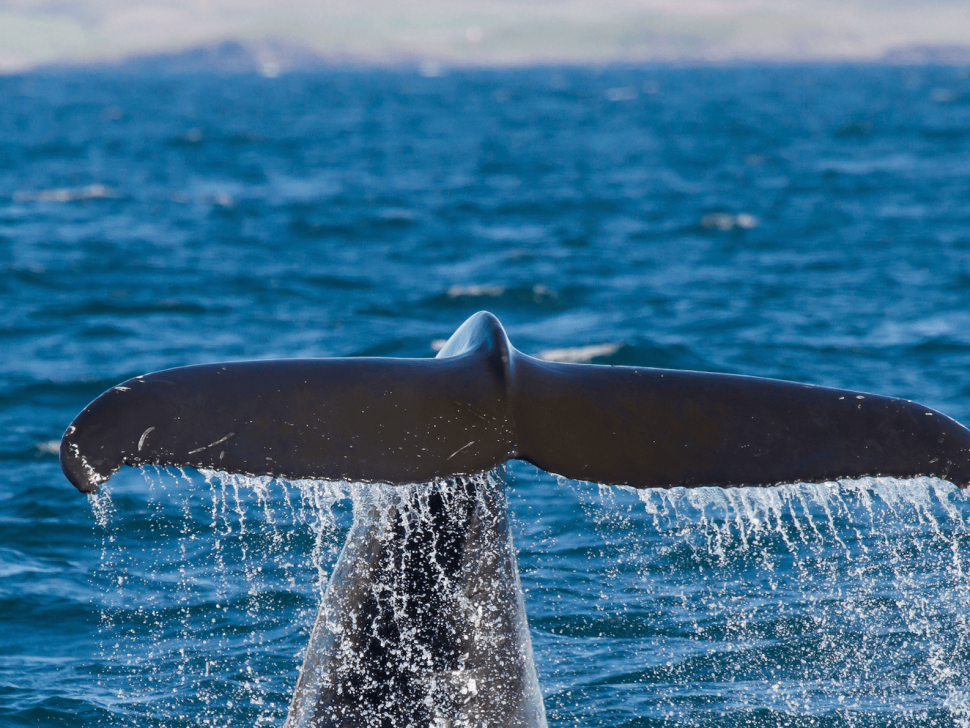

Tecla
The Tecla is a beautiful sailingship with a tough rig. Together with her crew she explores the remote places. One more accessible than the other. Tecla stands for adventure, nature, wonder and splendor. With this exceptional ship and its exceptional program you are good for a memorable trip.
Sail Training Program
On board the tecla we work with a Sail training program developed by the Dutch Sail Training Association (STAN). This sail training program is not only about learning to sail but uses sailing as a tool for personal development. Trainees on board are encouraged to step out of the comfort zone to experience new things. This applies to all ages! At the end of the trip, long or short, the trainees get a logbook containing the past process and how far they have come. Different skills are developed depending on the length of the trip. These can come in handy in a professional sailing environment as well as outside the maritime world.
Sail training makes sailing that slightly more than an active vacation.

